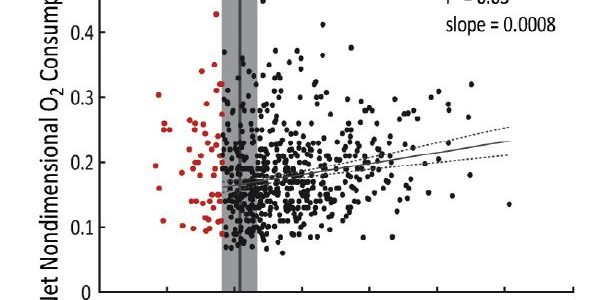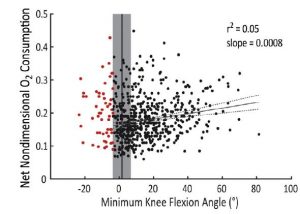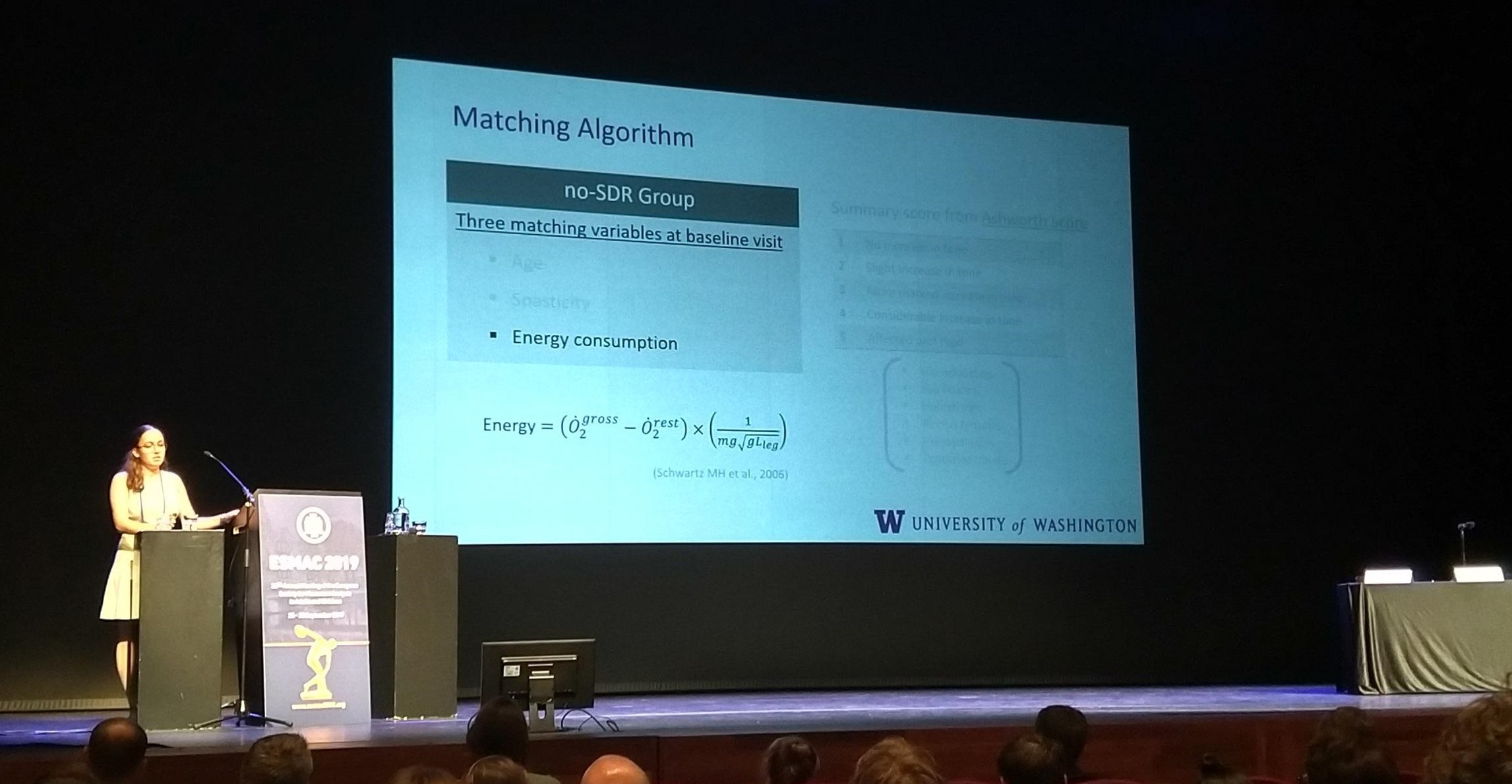Congratulations to Nicole Zaino for being awarded the ESMAC (European Society of Movement Analysis for Adults and Children) Best Paper Award. Nicole received this award at the 2019 ESMAC conference in Amsterdam, September 23-28, 2019 where she gave her talk: “Spasticity reduction in children with cerebral palsy is not associated with reduced energy during walking.” For more information, visit ESMAC.
Energy
ESMAC 2019: Award Finalists
Congratulations to Nicole Zaino and our colleague Mike Schwartz at Gillette Children’s Specialty Healthcare for both being nominated as finalists for the Best Presentation Award at the upcoming ESMAC Conference in Amsterdam. Their abstracts are among the top 16 submissions to the conference and the final award will be determined based upon their presentations.
Nicole will be presenting her research:
Spasticity reduction in children with cerebral palsy is not associated with reduced energy during walking
Selective dorsal rhizotomy reduces spasticity, but does it also reduce energy consumption during walking? In an analysis of over 300 children with cerebral palsy, Nicole demonstrated that although rhiztomy does reduce spasticity, it does not reduce energy consumption. These results provide further evidence that spasticity is not a main contributor to elevated energy among people with cerebral palsy. You can also learn more about this study from our recent submitted manuscript, available on bioRxiv.
Mike will be presenting his research:
The effects of walking speed and age on energy consumption in children with cerebral palsy and their typically developing peers
We know that walking energy is high among people with cerebral palsy, and that energy varies with speed and age. Using retrospective data of over 300 kids with cerebral palsy and 150 typically-developing peers, Mike used a statistical model to evaluate these speed and age effects. He found that energy decreases until 8-10 years of age for kids with CP, while it remains stable beyond age 5 for typically-developing peers. Kids with CP also have a greater elevation in energy with greater walking speeds. These results are important to help quantify and understand impacts of interventions, like surgery or assistive devices, which are often done during this time period when kids are still growing and developing.
They will both be presenting in the Optimizing Energy Cost session from 11:40-12:30 on Thursday, September 26th.
Best of luck to Nicole & Mike!
KM Steele, BR Shuman, MH Schwartz (2017) “Crouch severity is a poor predictor of elevated oxygen consumption in cerebral palsy.” Journal of Biomechanics

Journal article in Journal of Biomechanics:
Does energy consumption during walking increase with crouch severity among children with cerebral palsy?
 Abstract: Children with cerebral palsy (CP) expend more energy to walk compared to typically-developing peers. One of the most prevalent gait patterns among children with CP, crouch gait, is often singled out as especially exhausting. The dynamics of crouch gait increase external flexion moments and the demand on extensor muscles. This elevated demand is thought to dramatically increase energy expenditure. However, the impact of crouch severity on energy expenditure has not been investigated among children with CP. We evaluated oxygen consumption and gait kinematics for 573 children with bilateral CP. The average net nondimensional oxygen consumption during gait of the children with CP (0.18 ± 0.06) was 2.9 times that of speed-matched typically-developing peers. Crouch severity was only modestly related to oxygen consumption, with measures of knee flexion angle during gait explaining only 5–20% of the variability in oxygen consumption. While knee moment and muscle activity were moderately to strongly correlated with crouch severity (r2 = 0.13–0.73), these variables were only weakly correlated with oxygen consumption (r2 = 0.02–0.04). Thus, although the dynamics of crouch gait increased muscle demand, these effects did not directly result in elevated energy expenditure. In clinical gait analysis, assumptions about an individual’s energy expenditure should not be based upon kinematics or kinetics alone. Identifying patient-specific factors that contribute to increased energy expenditure may provide new pathways to improve gait for children with CP.
Abstract: Children with cerebral palsy (CP) expend more energy to walk compared to typically-developing peers. One of the most prevalent gait patterns among children with CP, crouch gait, is often singled out as especially exhausting. The dynamics of crouch gait increase external flexion moments and the demand on extensor muscles. This elevated demand is thought to dramatically increase energy expenditure. However, the impact of crouch severity on energy expenditure has not been investigated among children with CP. We evaluated oxygen consumption and gait kinematics for 573 children with bilateral CP. The average net nondimensional oxygen consumption during gait of the children with CP (0.18 ± 0.06) was 2.9 times that of speed-matched typically-developing peers. Crouch severity was only modestly related to oxygen consumption, with measures of knee flexion angle during gait explaining only 5–20% of the variability in oxygen consumption. While knee moment and muscle activity were moderately to strongly correlated with crouch severity (r2 = 0.13–0.73), these variables were only weakly correlated with oxygen consumption (r2 = 0.02–0.04). Thus, although the dynamics of crouch gait increased muscle demand, these effects did not directly result in elevated energy expenditure. In clinical gait analysis, assumptions about an individual’s energy expenditure should not be based upon kinematics or kinetics alone. Identifying patient-specific factors that contribute to increased energy expenditure may provide new pathways to improve gait for children with CP.


